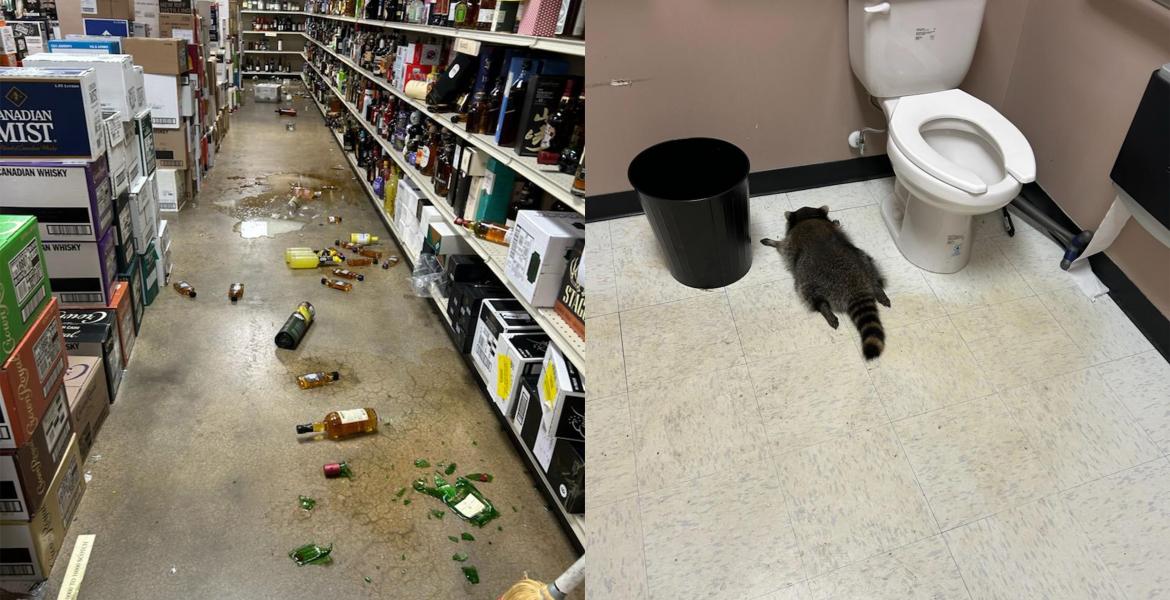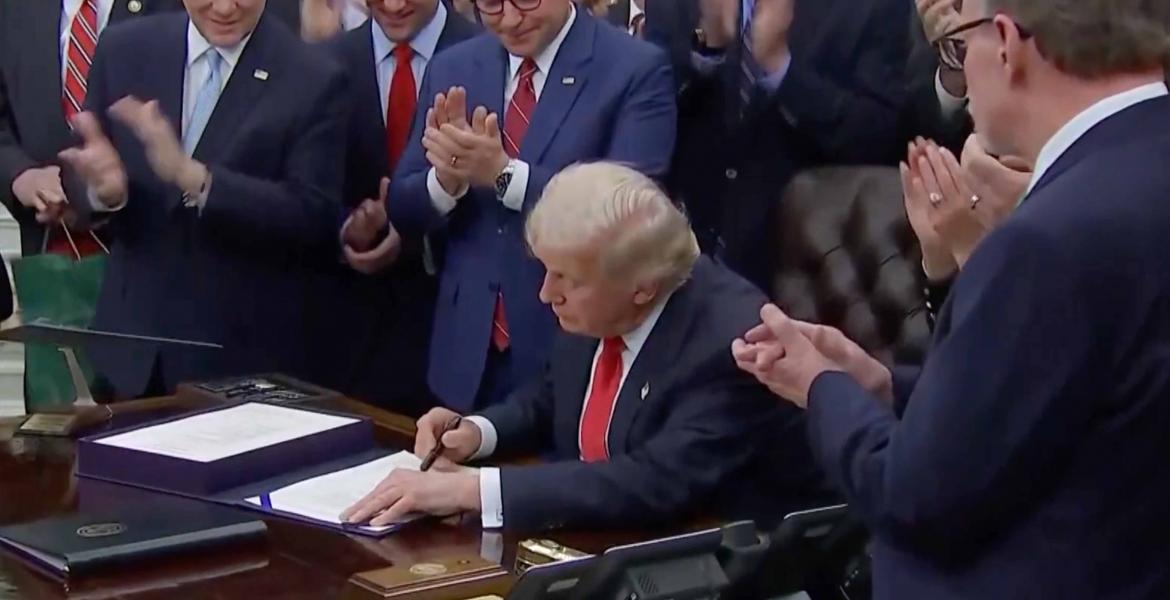Much like inks, which we looked at last week, correction fluid is also made of a pigment or dye suspended in a solvent. When that solvent dries, only the white pigment is left, thus ‘whiting out’ any errors on the page.
The solvent a pigment is suspended in is most commonly petroleum-based, however water-based correction liquids are also available on the market. The petroleum-based solvent has been frequently used due to its quick drying time, however that often meant that correction fluid had to come with thinner drops so that the product wouldn’t completely dry out.
The thinner drops have gone through a lot of changes over the years. Many times the chemicals used to make them had to be changed due to high toxicity levels.
One of the first correction fluids ever was made in 1951 by Bette Nesmith Graham, founder of Liquid Paper. Since then, the fluid has become available in pens and tapes, as well as the original bottles.
Subscribe to the LIVE! Daily
Required






Post a comment to this article here: